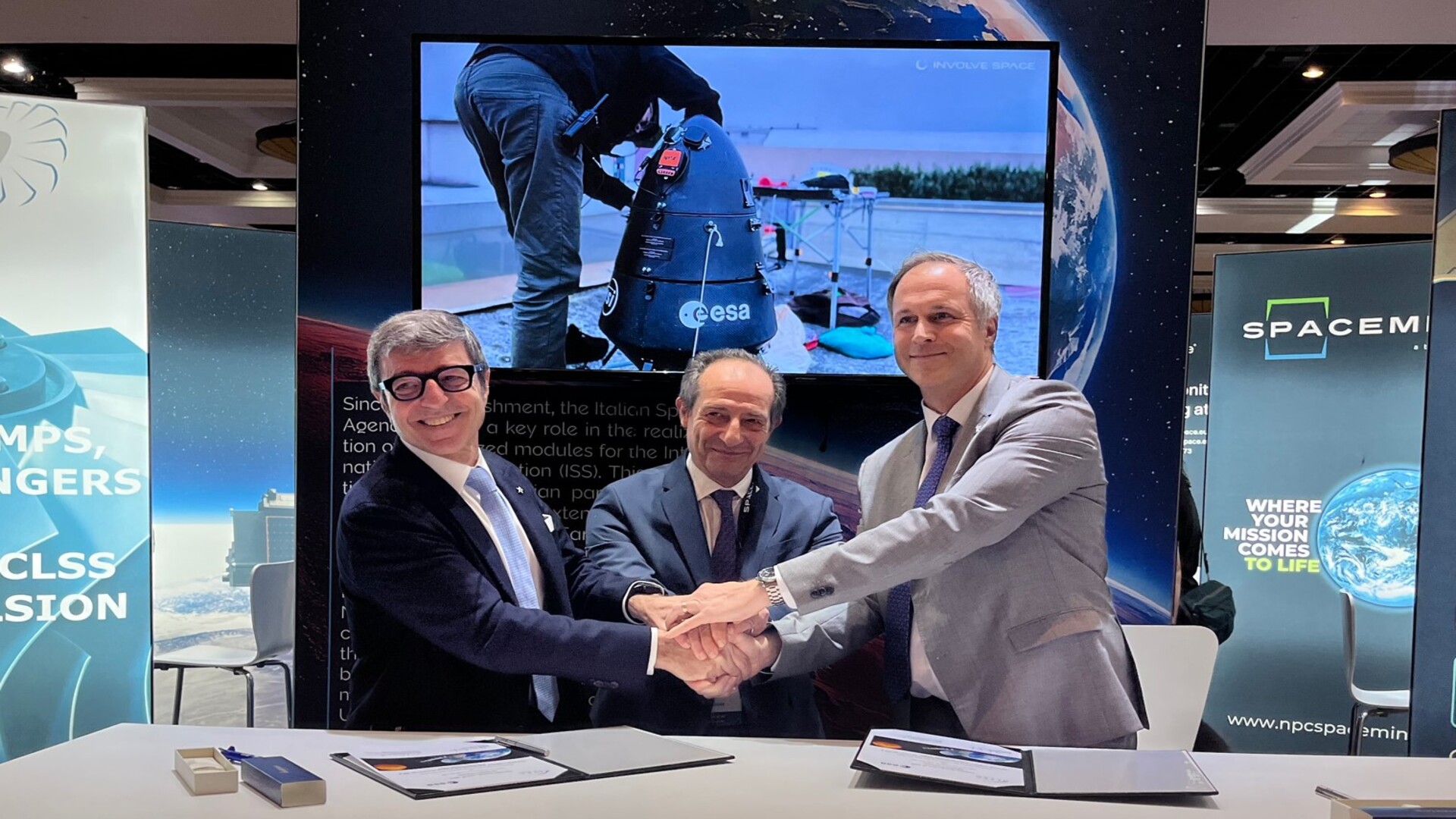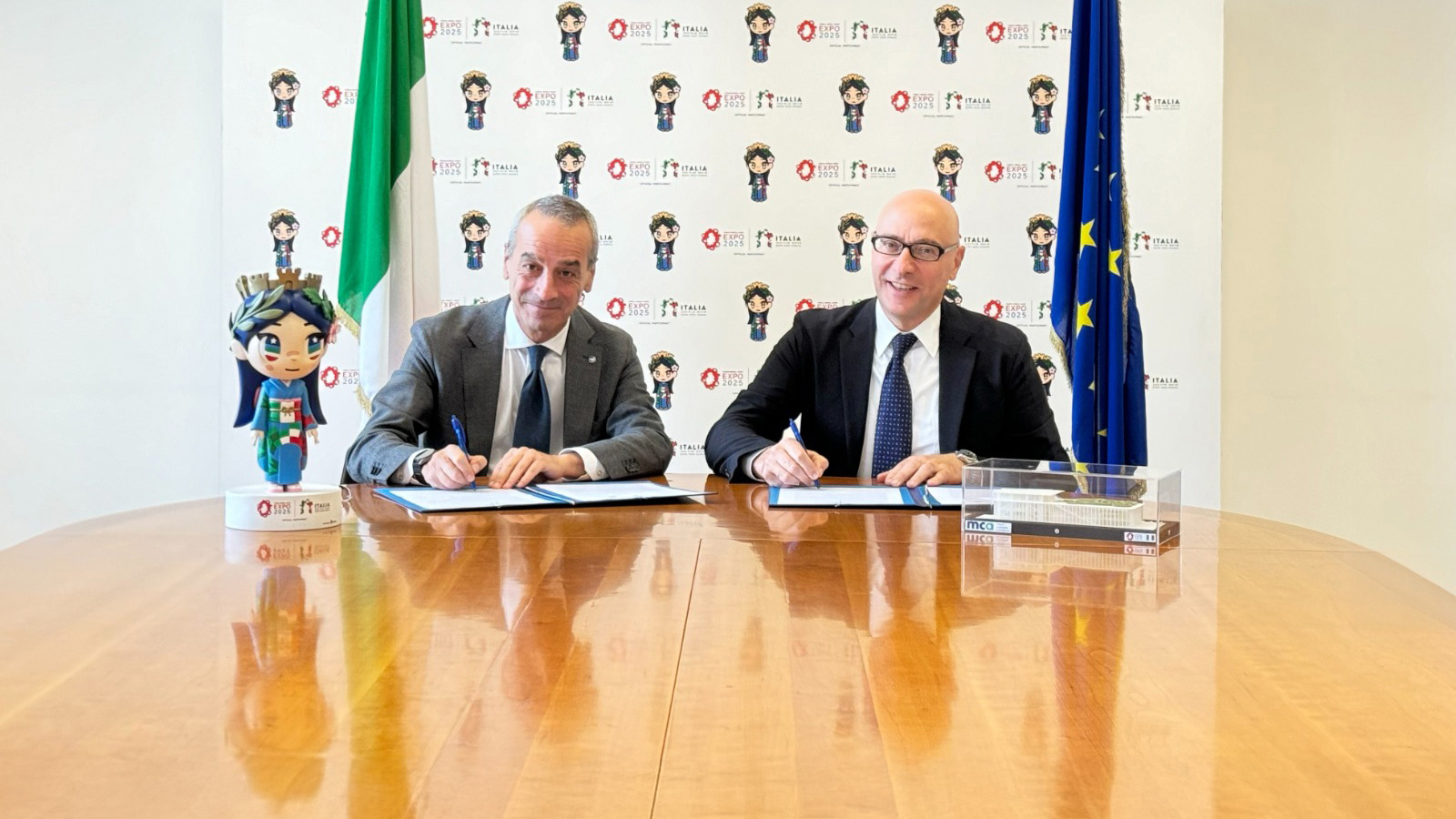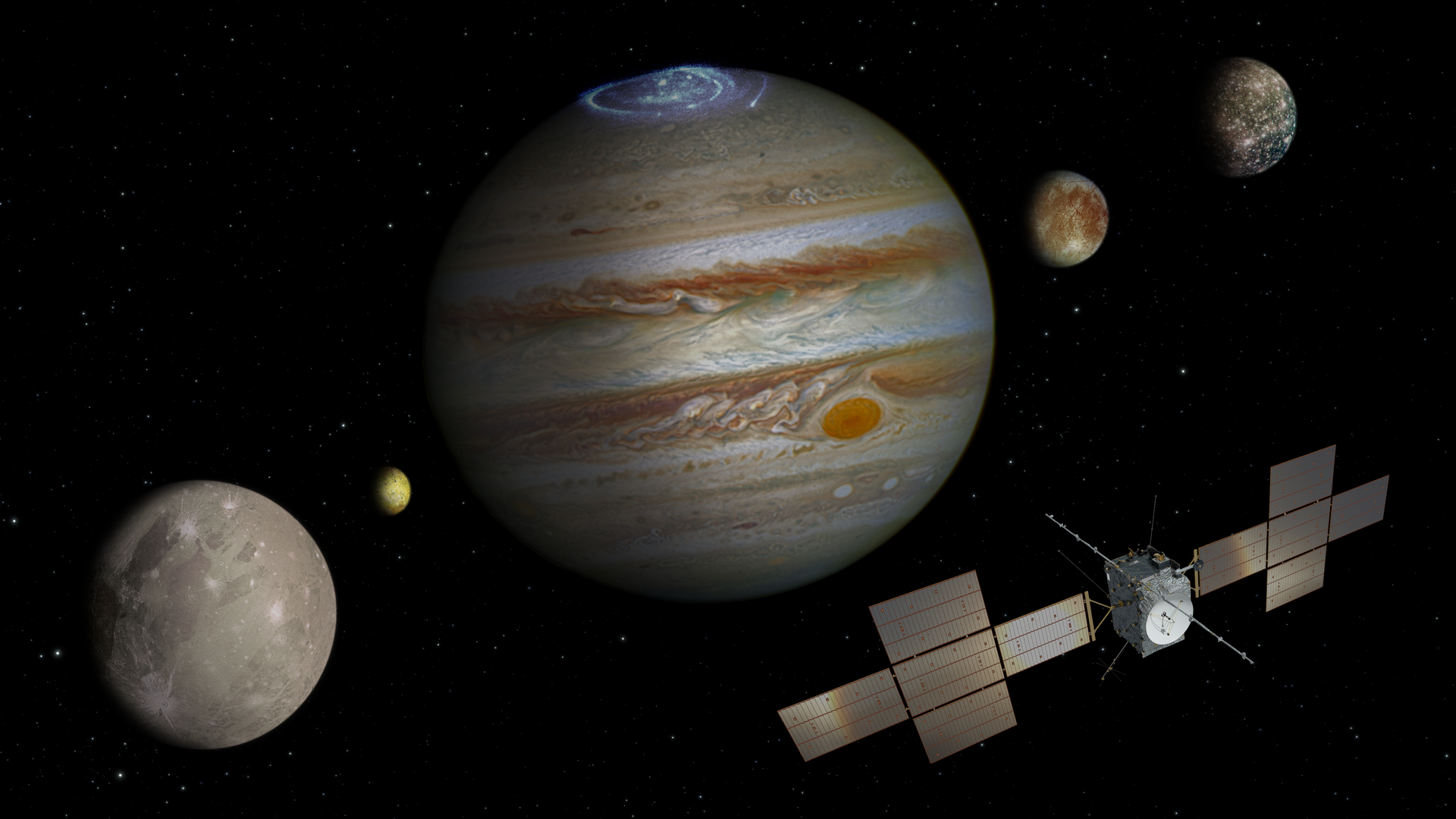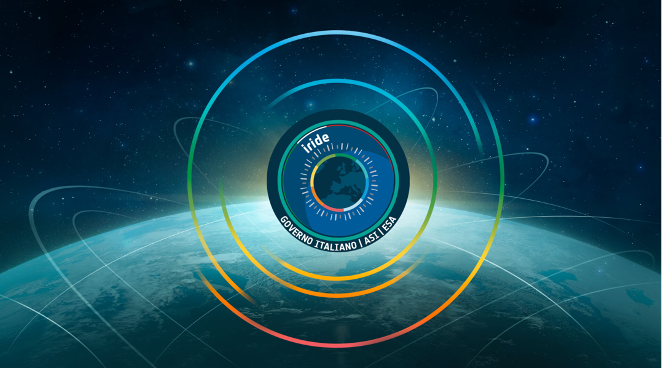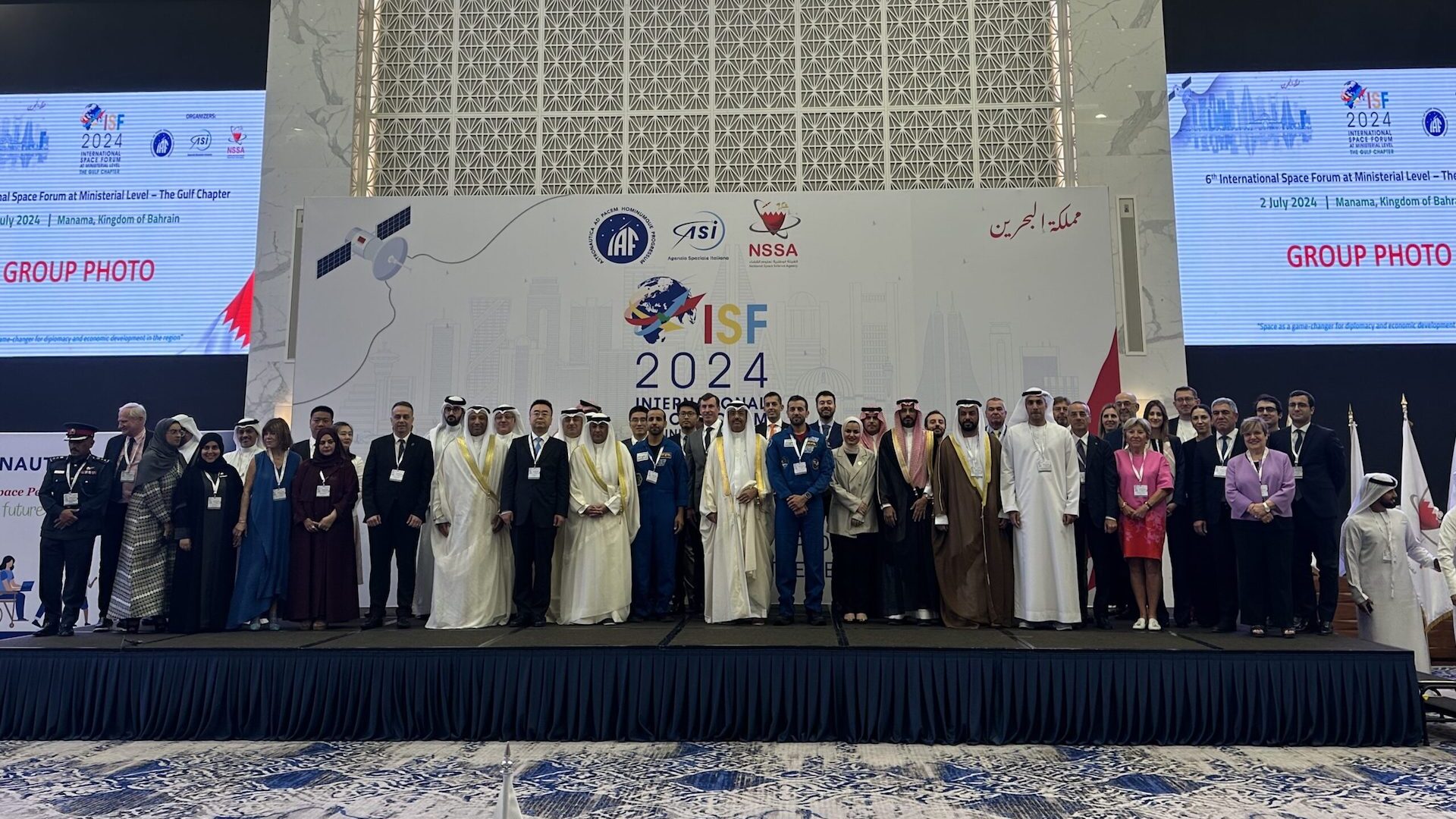Powerful flares, breathtaking images of the Polar Regions and the solar corona, with an amazing level of detail: these are just a few of the spectacular images of the Sun acquired by Solar Orbiter during its close pass to our star, which took place last March 26th, when the probe was just a third of the Earth-Sun distance away and was therefore able to capture images of the solar atmosphere with unprecedented detail.
Among the observation tools aboard Solar Orbiter is the Italian Metis coronagraph. Funded and managed by the Italian Space Agency, Metis was created, designed and manufactured by a team made up of the National Institute for Astrophysics (INAF), the Universities of Florence and Padua, the CNR-IFN and a national consortium consisting of OHB Italia and Thales Alenia Space Italia.
Metis is the first tool of its kind which is capable of observing the solar corona simultaneously in the visible and ultraviolet bands and, therefore, provides a very detailed picture of the processes governing the expansion of solar plasma into interplanetary space.
Thanks to its proximity to the Sun and its high resolution, Metis was able to take pictures of the solar corona with unprecedented detail, revealing a structure made of long filaments and highly dynamic plasma and magnetic fields.
Such observations open the way for new research on the physical processes which cause the acceleration of solar wind and the impulsive phenomena which may have an impact on the Space Weather.
«The images we obtained from Solar Orbiter show with unprecedented detail the solar atmosphere, during its fast entry in the new phase of activity of the solar cycle – says Marco Romoli from the University of Florence, who’s also the principal investigator of the Metis tool -. The Metis coronagraph confirmed its performance in the most extreme conditions and provided us with extremely valuable scientific data to study the dynamic phenomena caused by the interaction between magnetic fields and plasma in the solar corona», adds Romoli.
This pass represents the first of a series of close “visits” to our star, during which Solar Orbiter will simultaneously observe different layers of the solar atmosphere, providing important information which will be useful to understand the solar phenomena governing the space heliosphere and meteorology. The next close pass is expected for October 2022.
«The manufacturing of the Metis coronagraph — says Barbara Negri from the ASI — represented for the ASI a scientific and technological challenge, which we won by putting in place the important scientific skills that can be found in our country and the considerable experience of the Italian industry».
«The images acquired by Solar Orbiter from a close distance show details of the dynamic of plasma and magnetic fields which are somehow unexpected — says Marco Stangalini from the ASI — In the next future, through a few fly-bys with Venus, Solar Orbiter will progressively incline its orbital plane. This will allow for the first time to directly observe the Sun’s poles which, from a scientific perspective, represent a fully uncharted territory; by studying them, we expect to shed some light on the physical mechanisms governing our star’s cycles of magnetic activity», says again Stangalini.
«It’s exciting to observe how the images of the solar corona taken by Metis in its field of view integrate well with those from the other telescopes with different fields of view – EUI, HI – aboard the Solar Orbiter – says Silvano Fineschi from the INAF, who’s also the principal investigator of the Italian contribution to the mission -. This allows to identify the origin of the solar wind and storms and follow their evolution in the heliosphere: this is a key element to understand space meteorology», concludes Fineschi.

